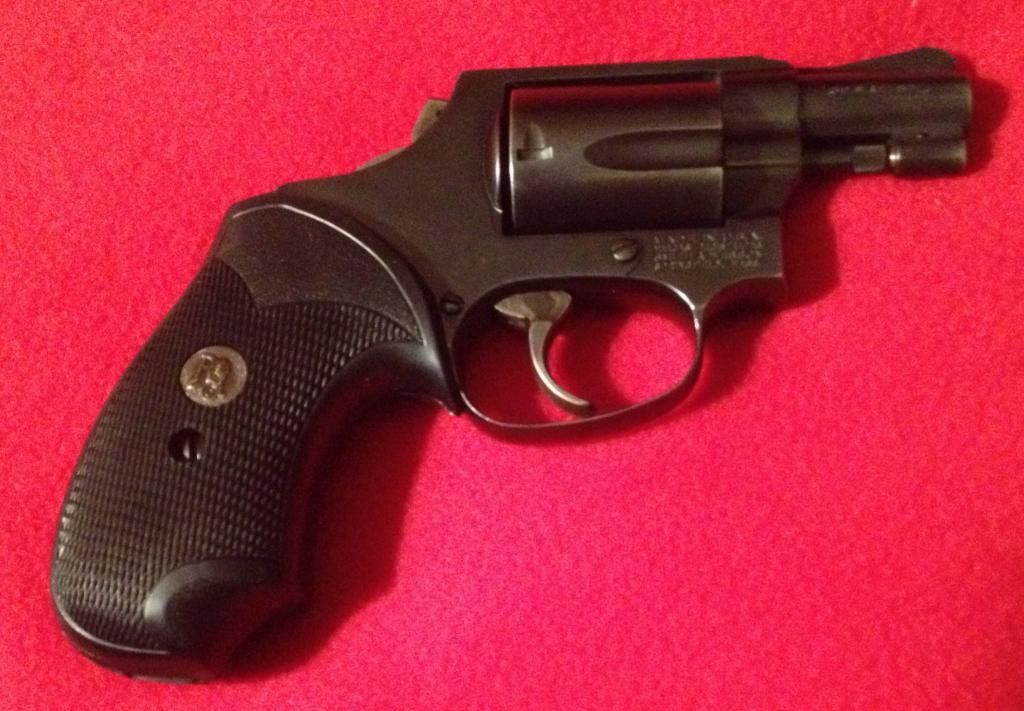I bought mine used several years ago and I have nothing else to compare it with so I don't know if the hammer is stock or not. While I've had it, it has been fired maybe 30-40 rounds total and has never failed to fire. Hopefully, I can do better than that the first day after I get a better grip.I have a model 36 that I put a bobbed hammer on...and it became extremely unreliable due to light strikes. Did you change to a stronger hammer spring when you installed the bobbed hammer on yours?
Just realized you were asking @dahermit about his.




